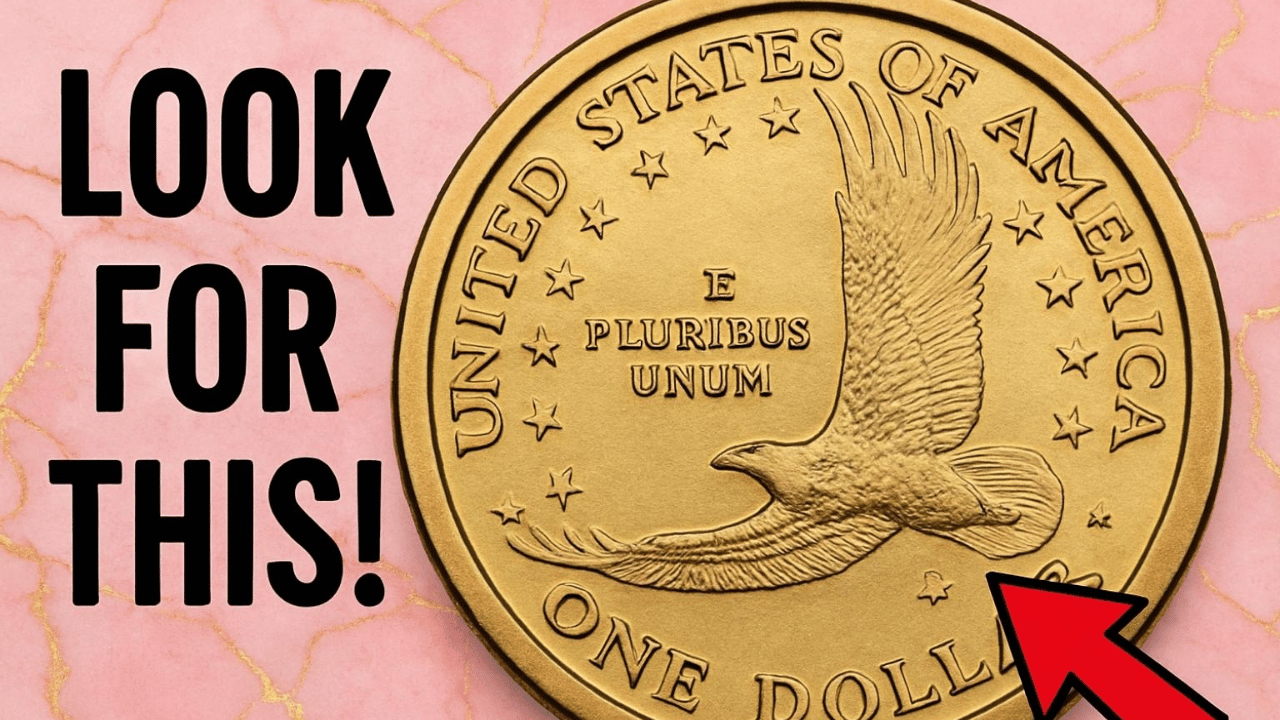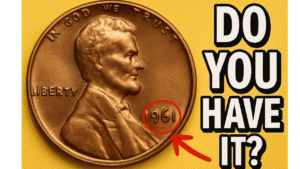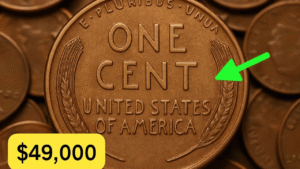Ever rummage through your loose change and pull out one of those golden Sacagawea dollars? Maybe you tossed it into a tip jar, used it at a laundromat, or left it in your car’s cupholder next to 42 expired mints. Well, what if I told you one of those coins was once valued at $2.1 million? Yep. Two. Point. One. Million. Dollars. Let’s talk about the most underrated $1 coin in your junk drawer—and why a select few Sacagawea dollars are more valuable than your retirement account.
First, a Little Backstory (Spoiler: It Starts With Cereal)
The Sacagawea dollar launched in 2000, replacing the short-lived (and widely disliked) Susan B. Anthony dollar. The front features Sacagawea, the teenage Shoshone guide who helped Lewis and Clark map the American West. On the back: a soaring eagle. The coin was meant to feel fresh, modern, and meaningful. To make it pop, the Mint used a manganese-brass alloy, giving it that distinctive golden tint. (FYI: not real gold. Not even a little.) Over a billion were minted. So… for the most part, these are just regular $1 coins. They won’t even cover your coffee order. But there are a few—just a few—that are absolute legends. Let’s break it down.
The Million-Dollar Mistake: The 2000-Washington Mule
Back in 2000, the U.S. Mint was experimenting. New coin, new metal, new dies—lots of test strikes were made behind the scenes. These are called pattern coins, and they’re not supposed to get out. Except… one did. A few, actually. But one became famous: the 2000 Sacagawea/Washington Quarter Mule. That means the coin has the front of a Washington quarter… and the back of a Sacagawea dollar. A true Frankenstein coin. Total accident. Total jackpot. Only 18 are known to exist. One reportedly sold for $2.1 million. Others have fetched $100,000 or more depending on condition. This is the Holy Grail of modern U.S. coin errors. And yes, it was once found in regular pocket change.
The Cheerios Dollar: From Breakfast to Bank Vault
Now let’s talk cereal. In early 2000, the U.S. Mint partnered with General Mills for a quirky promo. They slipped 5,500 Sacagawea dollars into boxes of Cheerios as part of a launch campaign. But here’s the twist: some of those coins were different. The reverse eagle design had more detailed tail feathers—an earlier version that never made it to mass production. These are now called “Cheerios Dollars.” And collectors? They’re obsessed. A regular Sacagawea dollar is worth, well, a dollar. But a Cheerios Dollar can go for $5,000 to $25,000+, depending on condition. And it all started in a cereal box. Wild, right?
Got One? Here’s What to Look For
Feeling twitchy? Already halfway to the kitchen junk drawer? Here’s your checklist. First, check the date—only Sacagaweas from the year 2000 could be the “Cheerios” or mule versions. Flip to the obverse: if it’s Sacagawea, you’re still in the game. If it’s Washington’s face on the front with a Sacagawea eagle on the back, you might’ve struck gold—figuratively speaking. Next, study the tail feathers. Cheerios Dollars have extra detail—more texture and definition. Still unsure? Try the magnet test. It shouldn’t stick. If it does, it’s likely a fake or misidentified. And whatever you do, do not clean it. Not even a little. Even gentle cleaning kills collector value. If anything feels unusual or promising, don’t guess—send it to a professional grading service like PCGS or NGC. They’ll give you the facts (and the value).
Can I Really Find One in My Change?
Short answer? Unlikely. But not impossible. Most million-dollar coins are in private collections or vaults, but Cheerios Dollars still pop up now and then—at estate sales, flea markets, thrift stores, or hidden in grandpa’s old coin roll. One guy bought a roll of Sacagaweas from his bank and found a rare pattern coin worth over $10,000. So yes, it happens. And unlike the lottery, you don’t need to buy a ticket. You might already have it in a junk drawer, an old wallet, or the bottom of a sock bin.
Because Sometimes, History Slips Through the Cracks
This isn’t just about a payday. It’s about story. Mystery. A reminder that even something as overlooked as a dollar coin can hold wild value. Every Sacagawea dollar is part of a bigger story—of Native American representation, of minting mistakes, of cereal-box promotions and government experiments. So next time you get change at a vending machine or dig a coin out from under your car seat, don’t just toss it aside. Give it a second look. Because you never know—that little golden disc might be worth more than your car. Or your house. Or your entire student loan balance.
FAQs
Are Sacagawea dollars made of gold?
Nope. They just look golden, thanks to a manganese-brass alloy.
What’s a “mule” coin?
A coin that was struck using dies from two different coins—like a quarter front and dollar back.
How many Cheerios Dollars exist?
About 5,500 were distributed, but only a portion have the rare tail feather detail.
Can I find a rare one in circulation?
It’s rare, but possible. People do find them in change or old rolls from the bank.
Should I clean it before selling?
Absolutely not. Cleaning destroys the coin’s surface and kills value.


